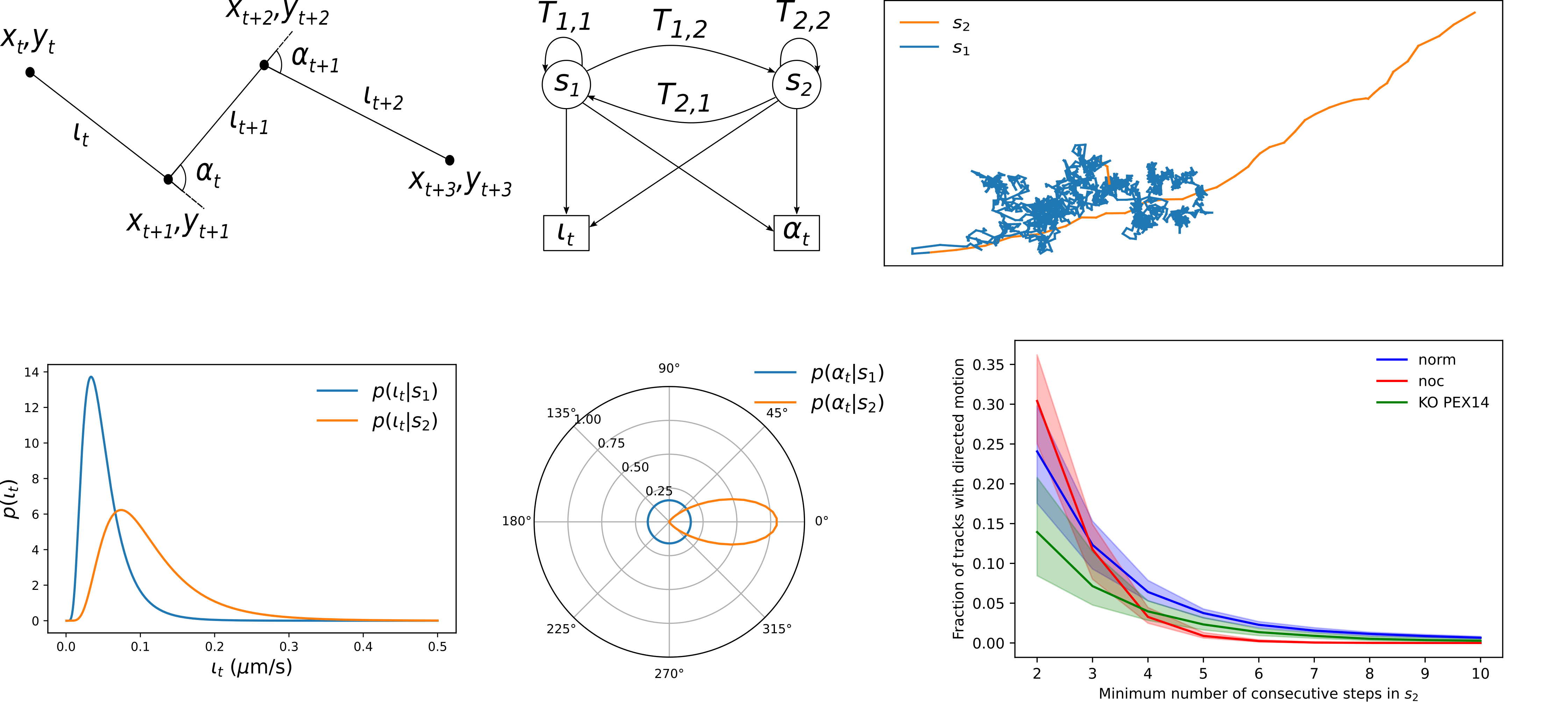FHR1 is a multifunctional human plasma protein with three C-terminal domains, namely short consensus repeats (SCR) 3-5, showing 98% sequence-identity with the complement inhibitor Factor H. We show that FHR1 uses all three C-terminal SCR to make surface contact. The conserved C-terminal regions of FHR1 and Factor H are altered in patients with atypicalhemolytic-uremic-syndrome. Therefore, we compared FHR1 isoforms with sequence-variations in SCR3, and pathogenic mutants with sequence variations in SCR5. Functional data revealed that residues YVQ vs HLE in SCR3 and LA vs SV in SCR5 altered ligand binding and surface interaction, influenced target recognition and complement control. Amino-acid-sequence variations in SCR3 influenced FHR1 contact with surface constituents, such as glycosaminoglycans. By contrast, SCR5, the most C-terminal domain, was more relevant for C3b/C3d contact. Notably, wild-type FHR1LA selected C3d, while pathogenic aHUS-associated alterations FHR1SV selected C3b. In consequence mutant FHR1SV altered fined-tuned FHR1directed effector functions while pathogenic Factor HLA modified C3-convertase control. This influences timing of complement control and inflammatory effector actions at modified selfsurfaces. Pathogenic FHR1SV, directed to C3b-decorated targets, adds inflammatory activity at a time when C3-convertase control is appropriate and conversely, mutant Factor HLA adds C3convertase control at C3d-coated surfaces when inflammatory effector functions are favorable. Further, our computational modelling approach confirms such distinct effects of FHR1 monomers and dimers as compared to flexible Factor H. These effects may explain inappropriate timing of complement regulation and inflammation of the aHUS-derived mutant proteins FHR1SV and Factor HLA.
ODE/SBM Parameter Estimator
The ODE/SBM parameter estimator is a framework for simulating, estimating, and screening ordinary differential equations (ODEs) or state-based models (SBMs)…
Peroxisome motility analysis
Peroxisome motility analysis using a Hidden Markov Model (HMM) enables the automatic identification and quantification of migration segments, thereby enhancing…







